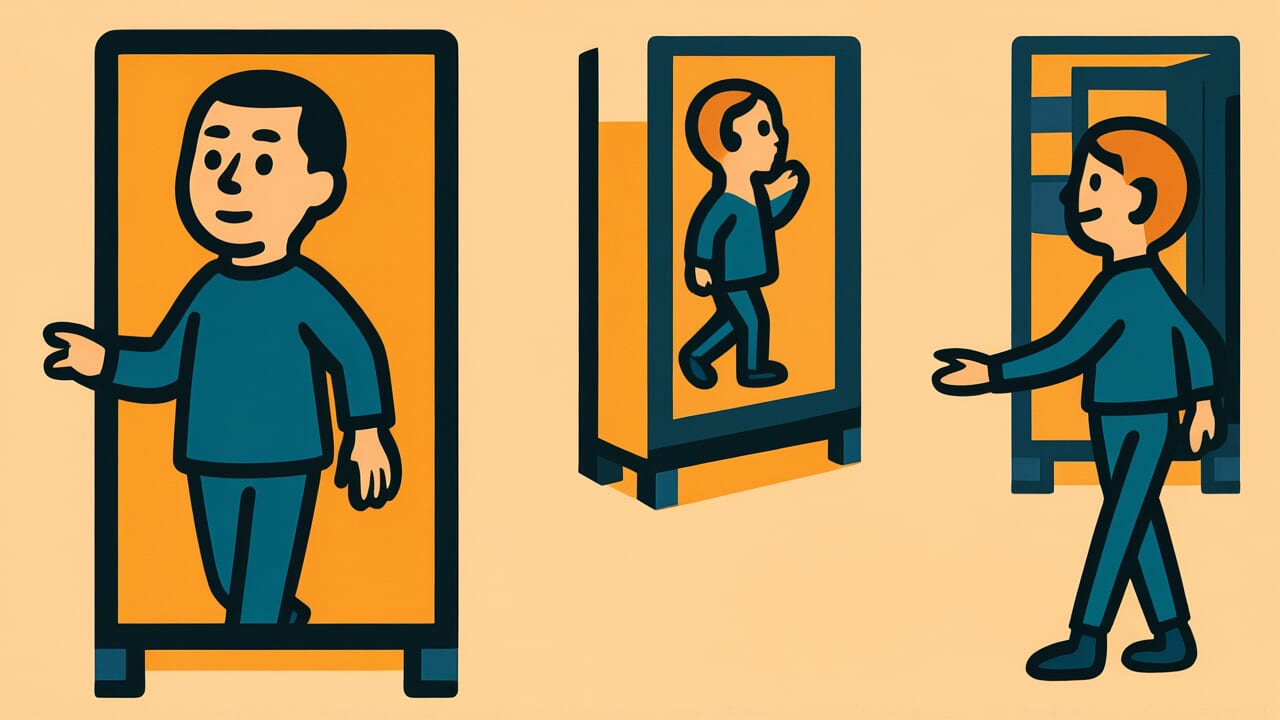How to Read “A reply before standing up”
Tatsu yori henji
Meaning of “A reply before standing up”
“A reply before standing up” is a proverb about proper etiquette. It teaches that when someone calls you, you should answer first before standing up and going to them.
This proverb is mainly used when teaching children manners and discipline. Parents and teachers use it to remind children to respond immediately when called.
It’s also used in workplaces to teach basic manners to new employees.
Why should the reply come first? Because it instantly tells the other person “I heard you” and “I’m coming.”
If you just stand up silently, the other person doesn’t know if their voice reached you or if you’ll respond. A reply prevents anxiety and starts smooth communication without making anyone wait.
Even today, this proverb’s teaching remains a basic manner. At home or at work, saying “yes” when called is the first step in showing respect and sincerity to others.
Origin and Etymology
The exact first written appearance of this proverb is unclear. However, it likely developed from etiquette teachings and samurai discipline during the Edo period.
Looking at the word structure, it contrasts the action of “standing up” with “replying” through voice. When someone calls us, we naturally want to stand up and go to them.
But this proverb teaches that responding with your voice first is more important.
Traditional Japanese etiquette has always emphasized immediate responses to someone’s call. Replying shows “I definitely heard your call.”
It doesn’t make the other person wait or feel anxious. In samurai society especially, responding quickly to a lord or superior showed loyalty and sincerity.
This teaching also has a practical side about the immediacy of voice communication. Standing up and moving takes time, but your voice reaches the other person instantly.
Replying was the fastest and most reliable way to respond to someone’s call. This practical wisdom gradually became established as proper etiquette.
Usage Examples
- When the child stood up without replying, the mother reminded them that a reply before standing up is proper
- During new employee training, they learned that a reply before standing up is basic when a supervisor calls you
Universal Wisdom
The proverb “A reply before standing up” contains a deep truth about the foundation of human relationships. It’s about the most basic principle of communication: acknowledging the other person’s existence and showing you’ve received their words.
Everyone carries anxiety about whether their voice reaches others and whether they’re being ignored. When silence follows a call, we momentarily wonder “didn’t they hear me?” or “am I being ignored?”
A single word like “yes” erases that anxiety and gives the other person peace of mind.
This teaching has been passed down for so long because it answers fundamental human needs. The desire to be acknowledged and to connect with others.
The act of replying shows you’re receiving the other person’s call and valuing your relationship with them.
This proverb also expresses the Japanese sensibility of prioritizing heart over form. It values the invisible movement of the heart—responding with your voice—over the visible action of standing up and going to someone.
This reflects our ancestors’ deep insight that heartfelt communication is the foundation of human relationships.
When AI Hears This
The action of a human standing up and moving requires more energy than you might imagine. A person weighing 60 kilograms burns about 0.3 kilocalories just standing up from a chair.
This equals the physical work of lifting their body’s center of gravity about 50 centimeters.
Meanwhile, speaking a reply only vibrates the vocal cords a few millimeters. That energy is less than one-hundredth of standing up.
What’s interesting is that the human brain unconsciously does this cost calculation. Neuroscience research shows the brain constantly evaluates energy efficiency when choosing actions.
In other words, choosing to reply instead of standing up is actually a biologically rational choice.
Even more noteworthy is how this proverb demonstrates the superiority of voice communication. By acquiring language, humanity gained a revolutionary system for transmitting information without physical movement.
Responding with voice instead of standing up and approaching is an example of using the energy-saving technology evolution gave humans.
In Japanese sitting-room culture, frequent standing and sitting occurred. This proverb born from that environment wasn’t just etiquette.
It was life wisdom that minimized the cumulative energy of actions repeated many times daily.
Lessons for Today
What this proverb teaches us today is the great power of small responses. In modern society filled with emails and messages, “read but ignored” has become a new problem.
Not responding to someone’s call creates fresh issues.
But think about it. When you send someone a message, how much relief do you feel from a quick “got it” or “confirmed” reply?
That’s essentially the same thing Edo period people sought from a simple “yes” response.
To apply the spirit of “A reply before standing up” in modern society, make it a habit to respond quickly to others’ calls. Whether face-to-face or online, sending a signal that says “I’m listening” or “I’m seeing this” is the first step toward trust.
You don’t need a perfect response. Even if a detailed answer comes later, just saying “I received it” erases the other person’s anxiety.
This small consideration will definitely improve your relationships with people around you.
Why not reconsider the power of a single word—a reply?


Comments